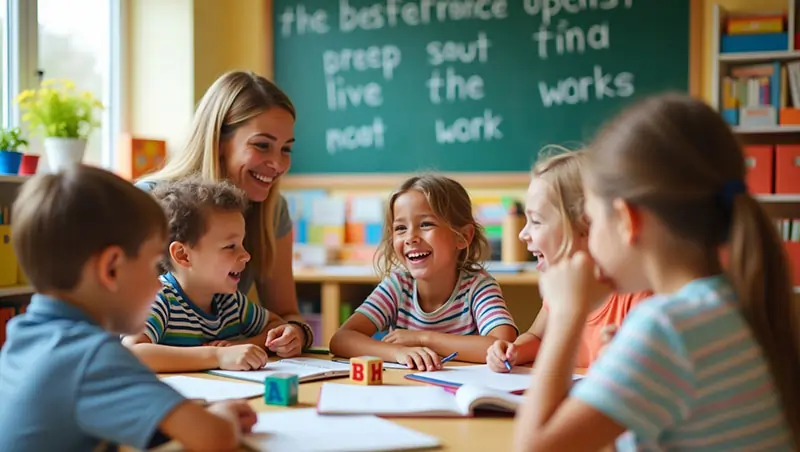When And How To Teach Basic First Aid To Kids

One of the primary goals of being a parent or guardian is to equip kids with skills that can empower them to live confidently and independently as they grow older. Their health and well-being are a crucial aspect in their lives that must be prioritized, especially first aid.
Children should understand the importance of first aid and the different steps that they should take when they encounter mishaps at home or in school. Having the knowledge and skills not only benefits them, but with these, they can also help others when the need arises.
It’s reported that more than 200,000 children are sent to emergency rooms annually due to playground-related injuries. You might be tempted to think, though, that this won’t be a major issue these days since kids are encouraged to stay indoors due to the COVID-19 pandemic. Nonetheless, Stanford found that approximately 2,000 children aged below 14 die due to home injuries.
When should you teach kids basic first aid?
Children as young as four years old can learn basic first aid. Take note, though, that it’s best for you to go through a first aid course yourself so you can stay updated on the latest research and practices in the field. If you live down under, Australia Wide First Aid offers various courses, such as child care first aid. For other regions of the world, Red Cross or Red Crescent are the organizations you should look into.
How do you teach them?
You can start teaching the basics, like informing the nearest adult if they get into an accident as well as not moving their friend if they fell. The learning then continues as they grow older and are able to comprehend more complex concepts, particularly with the different bodily systems. Generally, there are two primary ways to teach kids about first aid:
- Experience – It can be scary when your child falls down or chokes on their food, especially for first-time parents. Nonetheless, you can also view these situations as opportunities to teach them about what they should do and how they can alleviate the symptoms they’re experiencing.
- Examples – Of course, you shouldn’t wait until they have an accident before you teach them about first aid. You can look for resources online, such as videos or pictures, about common injuries that children experience. Plus, you can even find songs to help them remember what to do during these situations.
What are the essential skills they should learn?
Treating burns, bumps, nosebleeds, and cuts are some of the few essential skills that children should learn. Here’s an in-depth look at each one:
- Burns
If your child, unfortunately, sustains burns due to spills or other mishaps, have them find the nearest sink and run cold water on the affected area. This should be done for at least 10 minutes to soothe the skin and prevent further inflammation.
For severe burns, you should then rush to the emergency room and have a medical professional see your child. On the other hand, for minor burns, you can repeat the flushing method and put aloe vera to moisturize the area. Be on the lookout for blisters, though, and avoid applying anything that isn’t prescribed by your doctor.
- Head bumps
Head bumps are relatively normal for young children, especially those who are still mastering how to walk. It doesn’t make this injury any less dangerous, though, because there’s always the risk of damaging the brain and internal bleeding.
If your child bumps their head, apply an ice pack on the affected area. Make sure to wrap the frozen gear with a thin towel to prevent freezer burn. Explain how ice can help reduce the swelling.
Next, have them rest as you monitor the behavior of your child. Watch out for vomiting, as this can indicate that something’s wrong internally.
- Nosebleeds
Nosebleeds are relatively common, especially when children are exposed to extreme temperatures. The recommended course of action has your kid incline their head forward slightly and pinch their nose firmly just beneath the nasal bone. If you can, hold this position until the bleeding stops. If the bleeding doesn’t stop after 30 minutes, it’s best to rush to the emergency room.
- Cuts
Similar to a burn, you should clean the wound with tap water and soap to remove any bacteria. If there’s bleeding, use a clean towel to apply mild pressure on the affected area. However, if the cut’s large enough that it’d need stitches, you should head straight to the hospital.
Conclusion
Children as young as four years old can learn the basics of first aid. This knowledge and experience can help them navigate confidently and independently through life as they grow older, knowing they’re prepared for any emergencies. Plus, they can also help others who are injured.
This infographic was created by BlowHard Fans, a ppv company

